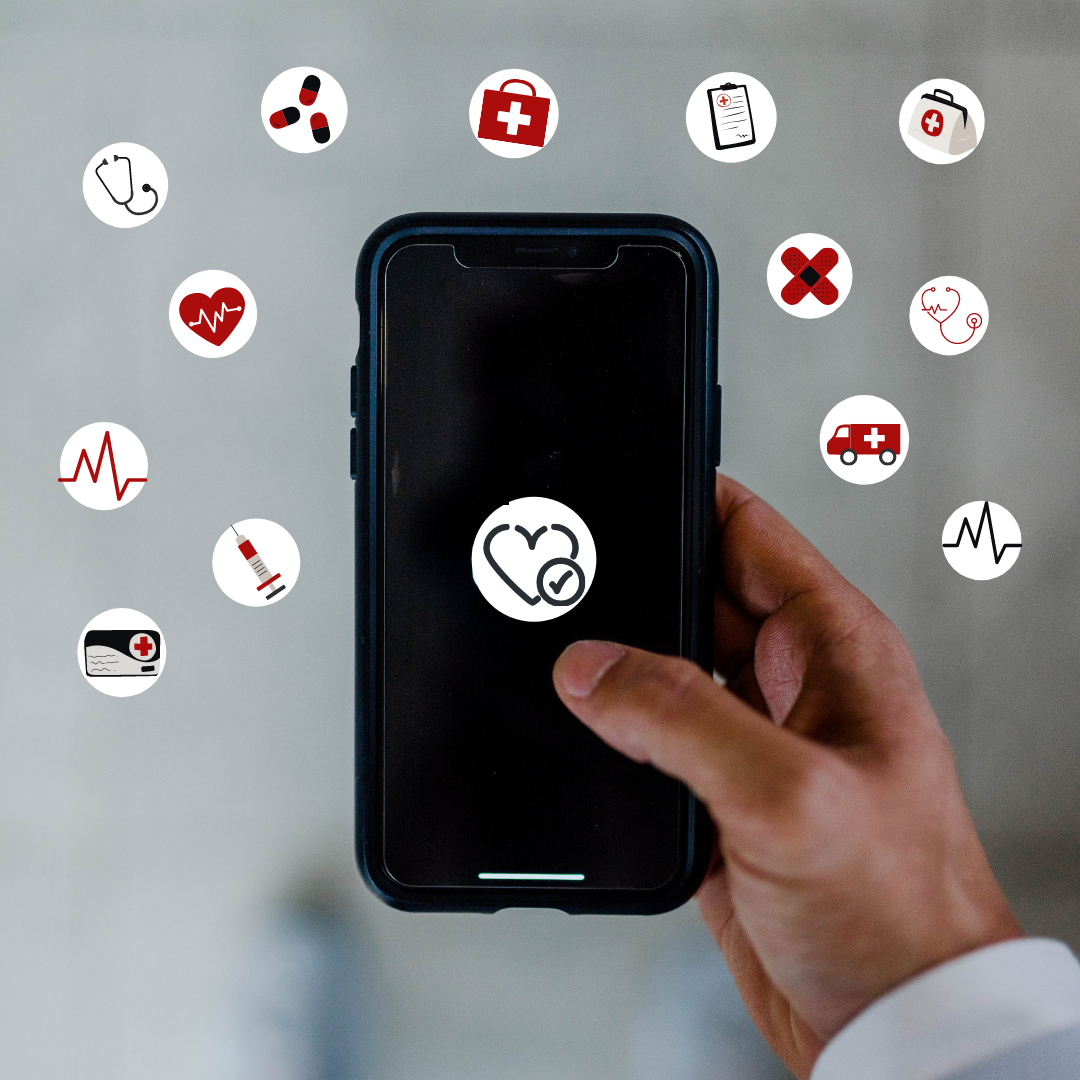Early detection of Parkinson's disease
Early detection of Parkinson's disease
Project goal
Our work will be organised into three main areas:
- Identification of one or more suitable datasets from existing public data providers (e.g. the Michel J. Fox Foundation).
- Implementation of a supervised learning strategy to analyse labelled data and classify patients affected by Parkinson’s disease.
- Implementation of an unsupervised learning strategy to detect and diagnose potential Parkinson’s disease symptoms using anomaly-detection algorithms or other suitable approaches. This will then correlate relevant features (e.g. duration and intensity of the symptoms) with medical treatments and other factors.
Collaborators
Project background
CERN openlab is currently running a project called CERN LivingLab to set up a distributed data-analysis platform providing specialised features to process data with sensitive content, such as personal or medical information. The platform is intended to be a technology demonstrator and a testbed for state-of-the-art functionalities, including advanced machine learning and deep-learning tools and algorithms, secure data transmission and storage, and encryption techniques.
This project is being carried out in the context of CERN's strategy for knowledge transfer to medical applications, led by CERN's Knowledge Transfer group.
Recent progress
Two public datasets released by the Michael J. Fox Foundation have been used for analysis. Both presented inertial data recorded from one smart-phone and one smart watch. Data was recorded during everyday life and was manually labelled by the user. The availability of labelled data enabled the use of supervised deep-learning and machine-learning techniques. Different kinds of strategies were selected and implemented: convolutional neural networks were applied to time series and extracted images.
The dearth of data led to insufficient performance in terms of accuracy. Furthermore, the high variability of the data meant an ad-hoc pre-processing phase was required, followed by an additional feature-extraction procedure. Both were implemented and used to feed traditional machine-learning algorithms, which then performed better than the analysis based on deep learning.
Next steps
Presentations
- A. Ferrari, Deep Learning Analysis on Wearable Devices (23 January). Presented at CERN openlab Technical Workshop, Geneva, 2020. cern.ch/go/bKR6

